- Learning time
- 20 minutes
- First play time
- 80 minutes
Arctic Scavengers
Designed by: Robert K. Gabhart
Arctic Scavengers is a card game that sets the players at odds with each other in the frozen wilderness of a post-apocalyptic landscape, where you are trying to build the biggest tribe to win the game.
Cards represent either people or tools that can be put to use. Players each start with the same set of ten cards, but during play you’ll be adding more to your deck, either from a face-up display on the table, or trying your luck by ‘digging’ into an extra pile called the ‘junkyard’.
As well as the junkyard, there’s also a smaller deck of contested resources, that players will skirmish over at the end of the round. We’ll come back to the skirmish shortly, but at the start of each round the starting player (and only the starting player) may take a peek at the top card of the contested resources deck. This knowledge will come in handy!
On your turn, you deal yourself five cards from your deck, and then choose how to use them based on the symbols they have, before dumping them into your discard pile (when you run out of cards, your discards are shuffled and become your draw deck again). The card symbol allows you to draw an extra card from your deck. The spade symbol allows you to dig for cards in the junkyard, as mentioned above. However many spades you play, you pick up that amount of cards from the junkyard – but you can only keep one (it goes straight into your discard pile!) and the rest go to the bottom of the junkyard. You can use the food or medicine symbols to hunt – gathering cards from the face-up display. As with digging, the cards go straight into your discard pile for now. And the cross is all about the skirmish…
You can choose to keep as many or as few cards as you like back – i.e. unused – for the skirmish, where players fight over the top card in the contested resources deck. After all players have had their turn, and skirmish cards are revealed and strengths are compared, with the strongest player adding the card into their discards, before a new round begins.
At the bottom of each card is a tribe number, between 0 and 5. After all the contested resources have run out, the game ends and players add up all their tribe members, with the largest tribe winning. Be aware that some powerful cards during play have no tribe members at all! So it’s possible to win several skirmishes and yet still end up apocalyptically ousted!
Finally players can choose to dump any card they like into the junkyard pile – which is a good way of streamlining your deck, but does make the junkyard fill up with… junk.
The guru's verdict
-
Take That!
Take That!
Outside of the skirmishes, none. And you can choose to avoid getting involved in them at all if you like - with the catch being that the contested resources deck tends to hold the juiciest cards.
-
Fidget Factor!
Fidget Factor!
Low. In each round players simply have to choose how to best use their five cards. And very few cards have all the symbols on them.
-
Brain Burn!
Brain Burn!
Low-ish. It's about striking a balance between being competitive on a round-by-round basis, and making sure your tribe is also continuing to grow. Not mentioned above are the Gangs - if you choose, you can add Gang cards to the display who will join the player with the most of a certain symbol at the end of the game: tool cards will attract the Geared gang for instance. Each gang adds five people to your score.
-
Again Again!
Again Again!
The most recent editions of the game come with a wide variety of cards and a couple of expansions, so there's a fair amount of replayability here.

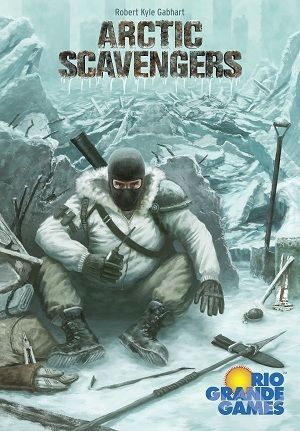



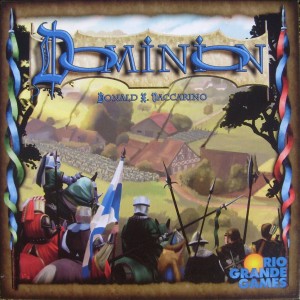
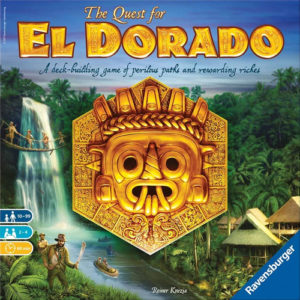
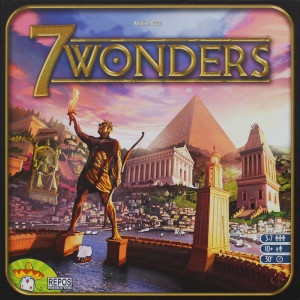
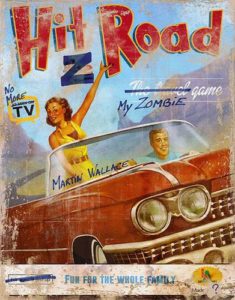

Sam says
I'm not massively drawn to these 'deck-building' games, having gone off the granddaddy of them all, Dominion, after a few plays of it. They can feel like a lot of faffing about sometimes: adding cards, drawing cards, shuffling and dealing cards. But what made Arctic Scavengers interesting to me was the skirmishes - not only do they bring some interaction, they also add the element of bluff. On my first play, in the final round, the starting player held all her cards back for the skirmish, which encouraged us to do the same. The revealed contested resources card was actually no help to us at all - but what she'd done was successfully prevent us from using our cards in more productive ways.